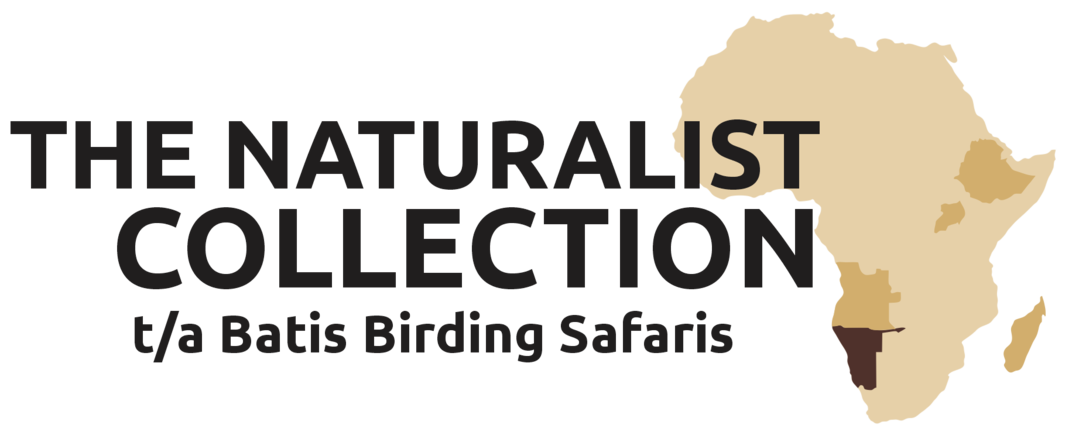Madagascar is the fourth largest island in the world. Evolution has occurred more or less in isolation on this remote island – located 400 kilometres off Africa’s east coast – with the result that much of its indigenous wildlife is found nowhere else on earth, making Madagascar one of the most important treasure troves of biodiversity on the planet. Madagascar’s menagerie of weird and wonderful creatures includes the world’s biggest and smallest chameleons and over 70 species of lemur – long-tailed primates endemic to the island. The Madagascan landscape is no less compelling than the resident wildlife, with terrain ranging from lush jungles and palm-fringed beaches to the knife-edged karst tsingys of the Tsingy de Bemaraha National Park’s ‘stone forests’. Madagascar is an otherworldly paradise where visitors are offered a unique glimpse into a fantastical one-of-a-kind world.
Banking and Currency
Currency
Local currency: Ariary
Symbol: Ar
ISO code: MGA
Central bank: Central Bank of Madagascar
Subunit: Iraimbilanja
Banknotes: Notes are in denominations of Ar20,000, 10,000, 5,000, 2,000, 1,000, 500, 200 and 100.
Coins: Coins are in denominations of Ar50, 20, 10, 5, 2, 1, and 2, 1 Iraimbilanja.
Banking
Card Transactions:
ATMs: Yes, mostly in and around the capital
Mastercard: Yes, mostly in and around the major cities
Visa: Yes, mostly in and around the major cities
American Express: Yes, mostly in and around the major cities
Diner’s Club: Yes, mostly in and around the major cities
Banking Hours:
Weekdays: 08:00 –11:00 and 16:00
Weekends: No
Public Holidays: No
Foreign exchange services: Yes
Travel, Transport and Getting Around
Air:
Main airlines: Air Madagascar
International Airports: Ivato International Airport
Road:
Tar roads: No
Gravel roads: No
Valid International Drivers License needed: Yes
Car hire available: Yes
Taxis: Yes
Uber available: No
Bus:
Inter-city bus services: Yes/No
Local city bus networks: Yes/No
Rail:
Railway system: Yes
Subway System: No
Water:
Ferries: Yes
Water taxis: Yes
Leisure cruises: Yes
Food, Drink and Cuisine Advice
Food and water safety:
Can you drink the tap water: No
Fresh fruit and veg: Yes, only if well-cooked and peeled
Ice: No
Meat: Yes, only if well-cooked
Street food: No
Local cuisine:
Madagascar's cuisine blends African, Asian, and European influences. Staples include rice, zebu meat, and seafood, seasoned with local spices. Notable dishes are Romazava (beef stew) and Mofo Anana (bread with greens). For dessert, Koba is a mix of peanuts, bananas, and honey.
Drinks:
Ranovola - Burnt rice water
Three Horses Beer
Malagasy Wine
Litchel - An aperitif made from lychees.
Rhum arrangé - Homemade flavoured rums
Tipping: 5%
Climate and Weather
Annual rainfall: The average annual precipitation varies from 1,000 to 1,500 mm.
Average temperature: The average annual temperatures vary between 23°C and 27°C along the coast and between 16°C and 19°C in the central mountains.
Summer:
Average in highs: 27°C
Average in lows: 17°C
Winter:
Average in highs: 21°C
Average in lows: 11°C
Best time to visit:
April to October are generally the best months to visit Madagascar. This dry, cool season is when days are bright and usually warm to very warm and nights mild, perfect for either lazy leisure seeking or a thrilling outdoor adventure.
Clothing and Dress Recommendations
Spring and Summer
Cool, light, breathable and comfortable: Yes
Lightweight warm clothes: Yes
Winter and Autumn
Jerseys, cardigans, sweaters, jackets: Yes
Heavyweight clothing and boots: No
General
Umbrella and raincoat: Yes
Warm gloves, hat and scarf: Yes
Swimming costume (bathing suit): Yes
Hat, sunglasses and sunblock: Yes
Walking shoes: Yes
Casual: Yes
Smart-casual attire: Yes
Internet Availability
Wifi available at:
Internet cafes: Yes
Accommodation options: Yes
Restaurants: No
Cafes: No
Shopping malls: No
Public parks: No
Libraries: No
Electricity and Plug Standards
Plug Type: C and E
Voltage (V): 220 V
Frequency Hertz (Hz): 50 Hz
*A Travel plug adapter and voltage converter might be necessary depending on your appliances.






